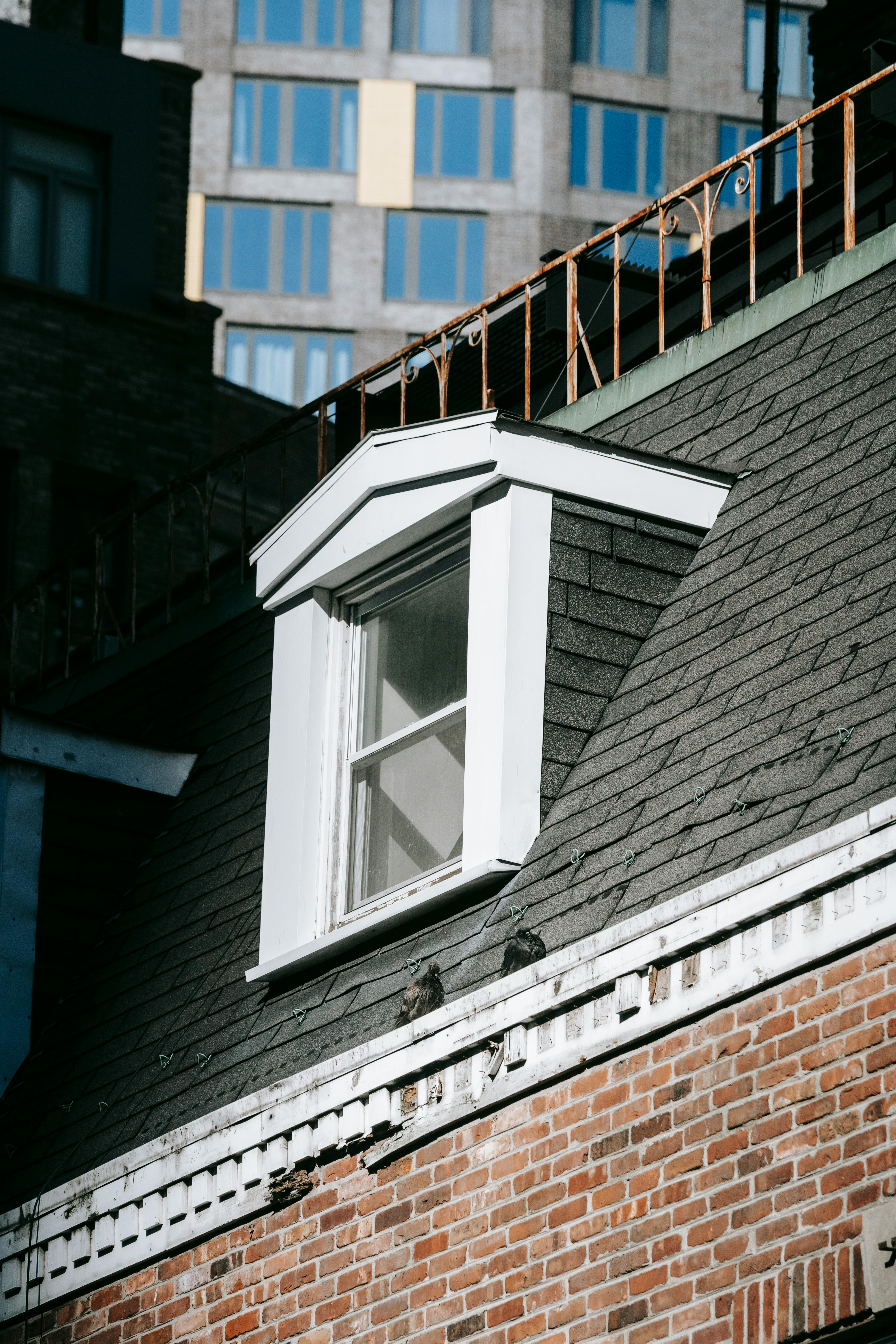
Introduction
When embarking on the ambitious journey of home improvement, one must not overlook the importance of the home's roof. Roofs serve as your home's first line of defence against the elements and greatly contribute to the aesthetic appeal of the property. Therefore, making an informed decision about the style of roof for your home is paramount. In this guide, we'll take a deeper look into two of the most commonly used roof styles – hipped roofs and gable roofs – breaking down their features, benefits, drawbacks, and factors to consider when deciding between the two.
Hipped Roofs: Understanding Their Structure and Appeal
With slopes on all four sides that converge at the top, hipped roofs present a symmetrical feature that significantly contributes to curb appeal. This design contains no flat or vertical ends, unlike other roof styles. The slopes of a hipped roof are gentle, making them more visually pleasing to many homeowners who lean towards a traditional or classic aesthetic.
Moreover, hipped roofs offer more than just aesthetic value; their design also provides significant protection against varying weather conditions. The lack of flat or vertical surfaces reduces the chances of damage during high winds, while its sloping design effectively sheds rain and snow, preventing water stagnation. Aside from their increased stability and durability, hipped roofs also offer more usable space under the roof, an excellent opportunity for adding an attic or a vaulted ceiling.
The Considerations When Opting for a Hipped Roof
However, before making a final decision, prospective home improvers must also consider the potential downsides of hipped roofs. Being more complex in design, these roofs can be more challenging and time-consuming to construct, often being more costly than simpler alternatives such as a gable roof. They also require more materials, which can add to the overall cost. There is also a risk of inadequate ventilation and water leakage if not installed correctly, hence the importance of hiring a competent roofing contractor cannot be overstressed.
Gable Roofs: Their Characteristic Charm and Functionality
On the other side of the spectrum, we have gable roofs. Easily identifiable due to their triangular shape (resembling the letter A), gable roofs are an immensely popular choice amongst homeowners, commonly found in cold regions. Primarily, their peak, with steep slopes on two sides, allows for easy water drainage and prevents the accumulation of snow, making them an attractive option in places with heavy rainfall or snowfall.
In terms of constructing, gable roofs are relatively simpler and quicker to install, making them a pocket-friendly option without skimping on durability. They also provide ample space for ventilation and can easily be designed to include attic spaces for extra storage or living quarters.
Salient Points to Keep in Mind for Gable Roofs
Despite offering advantages like cost efficiency and space utility, gable roofs have certain drawbacks, particularly when it comes to weathering heavy winds. Under severe conditions, they can peel away if not securely fastened. As with all roofing styles, there’s always the potential for water leakage, particularly in regions where downpours occur frequently. Without overhangs or well-installed drip edges, water can flow into the walls, leading to structural damage over time.
Choosing Between a Hipped Roof and a Gable Roof
When making the decision between a hipped roof and a gable roof for your home improvement needs, several factors should be taken into account. These include but are not limited to, geographical location (i.e., local weather conditions), your budgetary constraints, the overall aesthetic you want to achieve, and the potential for added versatility and space that the roofing styles can offer.
In conclusion, while both the hipped roof and the gable roof offer their unique benefits and potential downfalls, the ultimate choice lies in the eye of the beholder, their specific needs, and the specific constraints of the project in question. Your roof determines the structural integrity, aesthetics, and even potential resale value of your home, making this decision one that requires careful deliberation. Armed with this knowledge, you're well on your way to making the right choice for your unique home's requirements.